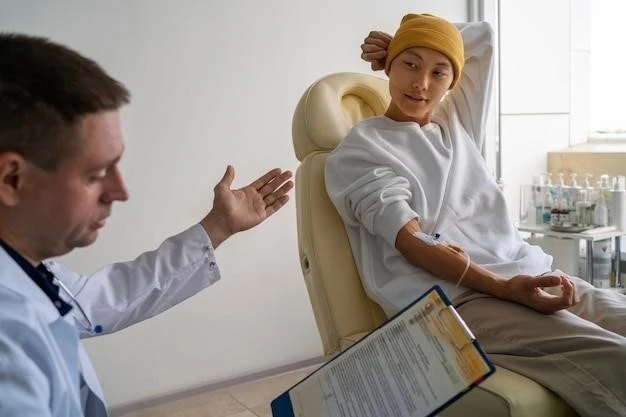Disease ⎯ Fascioliasis
– Prevention strategies
I․ Overview of Fascioliasis
Fascioliasis is a parasitic disease caused by liver flukes Fasciola hepatica n F․ gigantica․ It affects humans n animals, transmitted through consumption of contaminated watercress or plants․ Symptoms include abdominal pain, fever, nausea․ In severe cases, it can lead to liver damage․ Prevention focuses on proper cooking of food, avoiding contaminated water sources, n deworming livestock․
II․ Transmission of Fascioliasis
Fascioliasis is transmitted through the ingestion of infective larvae present on aquatic vegetation or through drinking contaminated water․ The larvae then penetrate the intestine, migrate through the abdominal cavity, and reach the liver where they mature into adult flukes․ These adult flukes lay eggs that are excreted in the feces, completing the transmission cycle when the eggs reach water and hatch into larvae that infect snails, the intermediate host․
III․ Diagnosis and Treatment

Diagnosing fascioliasis involves a combination of clinical symptoms, imaging studies like ultrasound, and specific blood tests to detect antibodies or antigens․ Treatment typically includes medication such as triclabendazole to eliminate flukes from the body․ It’s essential to consult a healthcare professional for an accurate diagnosis and appropriate treatment regimen tailored to the individual’s condition and any potential complications․
IV․ Prevention Strategies
Preventing fascioliasis involves several key strategies․ Properly cooking all food, especially freshwater plants like watercress, is essential to kill any potential parasites․ It’s crucial to avoid drinking untreated water from potentially contaminated sources․ Deworming livestock to prevent the spread of the parasite and practicing good hygiene habits such as handwashing before meals can also help reduce the risk of infection․ Regular monitoring of water sources and snail populations in endemic areas is also vital for early detection and prevention efforts․
V․ Global Impact of Fascioliasis
Fascioliasis has a significant global impact, especially in areas where livestock farming and consumption of untreated water or freshwater plants are prevalent․ The disease affects both humans and animals, leading to economic losses in agricultural sectors and impacting food security․ In developing countries, where access to clean water and proper sanitation is limited, fascioliasis poses a considerable public health challenge․ Efforts to raise awareness, improve sanitation infrastructure, and implement control programs are crucial to reduce the burden of fascioliasis on a global scale․
VI․ Research and Innovations
Ongoing research is focused on developing new diagnostic tools for early detection of fascioliasis, including serological tests and imaging techniques․ Innovations in treatment strategies aim to improve the effectiveness of existing medications and explore alternative drug options․ Additionally, studies are investigating the genetic makeup of the Fasciola parasite to better understand its lifecycle and potential vulnerabilities․ Innovations in prevention methods, such as vaccines for livestock and environmental control measures, are also areas of active research to enhance the overall management of fascioliasis․
VII․ Case Studies
Case studies of fascioliasis highlight the diverse clinical presentations and challenges associated with the disease․ These cases provide valuable insights into the diagnostic process, treatment outcomes, and potential complications of fascioliasis․ Studying individual cases helps healthcare professionals refine their approach to managing the disease effectively and enhances overall awareness among the medical community and the general public regarding the impact of fascioliasis on individuals and communities․
VIII․ Collaboration and Partnerships
Collaboration and partnerships are crucial in the fight against fascioliasis; Bringing together government agencies, healthcare organizations, research institutions, and non-governmental organizations can strengthen prevention, diagnosis, treatment, and control efforts․ International collaborations facilitate the sharing of knowledge, resources, and best practices to address the global impact of the disease․ Public-private partnerships play a vital role in funding research initiatives, developing innovative solutions, and implementing sustainable interventions to combat fascioliasis effectively․
IX․ Conclusion
In conclusion, fascioliasis poses a significant health and economic burden worldwide․ Through a multifaceted approach encompassing prevention, early diagnosis, effective treatment, and ongoing research, progress is being made in mitigating the impact of this parasitic disease․ Collaborative efforts, innovative strategies, and global partnerships are essential in combating fascioliasis and improving public health outcomes․ Continued investment in research, awareness campaigns, and sustainable interventions is key to reducing the prevalence of fascioliasis and enhancing the well-being of communities at risk․
